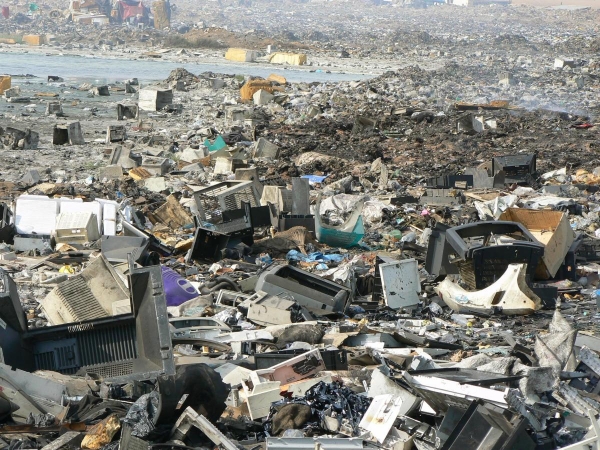
As societies go through technological advancements, there is a shift in the industry from a primitive-needs base to one that is based on hedonic values. That is to say, most people eat not only for survival but also for gastronomic pleasure. People purchase automobiles not only for sheer transportation but also for comfort. People wear clothes not only for protection but also as an outlet to express their identity. It is also in this broad sense that the word “gimmick” could be applied to just about anything in life including houses, cars, fashions, and most importantly smartphones. In fact, the smartphone industry is a unique case that exemplifies this grand shift. It is unique because, unlike for automobiles and houses where they are actually a loose reflection of a household’s purchasing power, smartphones of all price ranges are generally affordable to most populations in a relatively affluent society.
The timeline of smartphones, in particular Apple devices, shows some interesting gimmicky trends that are worth considering. Since Apple first announced its iPhone in 2007, they have released 31 new models so far. The most notable trend is its progressive increase in screen size. Granted, the small and chubby design of early models created issues that went beyond inconvenience; one issue was that the size of the keyboard was far too small compared to the size of a finger. Thus, this trend is rightfully a necessity within the scope of resolving functional issues. But when it persists beyond the functional scope, then it justly fits into the definition of a gimmick. In a sense, watching Youtube on a larger screen is more pleasurable than on a smaller one. Similar arguments could easily be made with the increasing number of speakers and cameras, other hardware intricacies as well as software features. Indeed, the boundary that divides functional necessity and user convenience is very much ambiguous and comes down to individuals’ value judgment that is relative by default. However, there is one irrefutable fact: the economy being driven largely by gimmicks poses immense stress to the environment.
Electronic waste, or e-waste, has been the center of many social debates. Yet, not enough is being done by both legislators and manufacturers. The way e-waste is handled is either through incinerating or dumping in a landfill. Incineration obviously creates considerable air pollution, while the landfill method also pollutes the surrounding soil and water due to the toxic materials in the hardware. It is even more problematic because the toxic e-waste is exported to, or more accurately put, dumped in poor nations. According to Bloomberg, in Accra, a massive e-waste dumpsite in Ghana, people suffer from “respiratory problems, chronic nausea, debilitating headaches brought on by the hazardous environment, and toxic air pollution.” In addition, the United Nations; projection shows that the amount of e-waste will double by 2050, while only a mere 20% is recycled.
In essence, a gimmicky economy represents a violent clash between hedonic and utilitarian values. This clash occurs not only within the context of smartphones but rather in all categories. In some parts of the world where a lot of commodities are affordable and ubiquitous, it is becoming easier to be partial towards the hedonic value; purchasing an item for the purchase’s sake. However, it is of paramount importance, given the current climate crisis, to be mindful of the broader implications.


